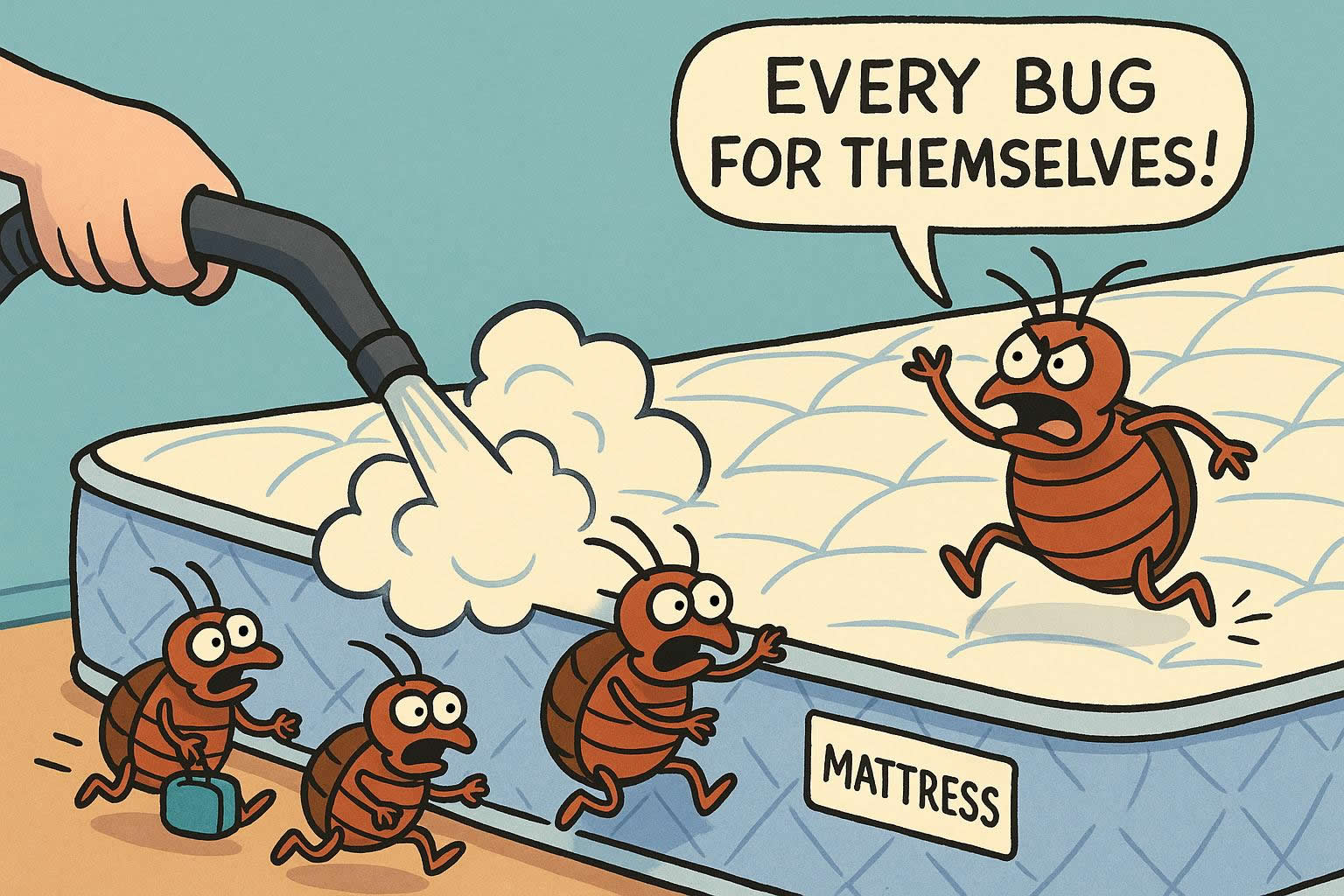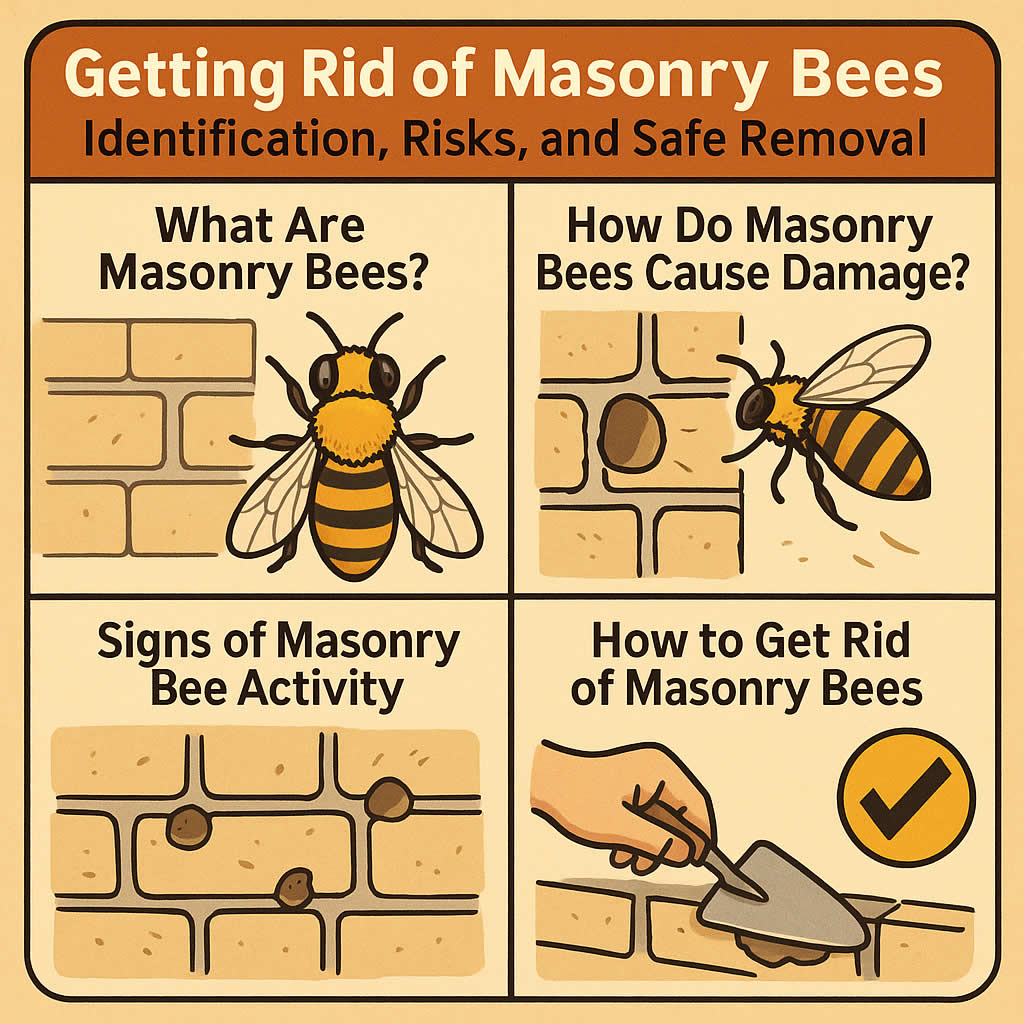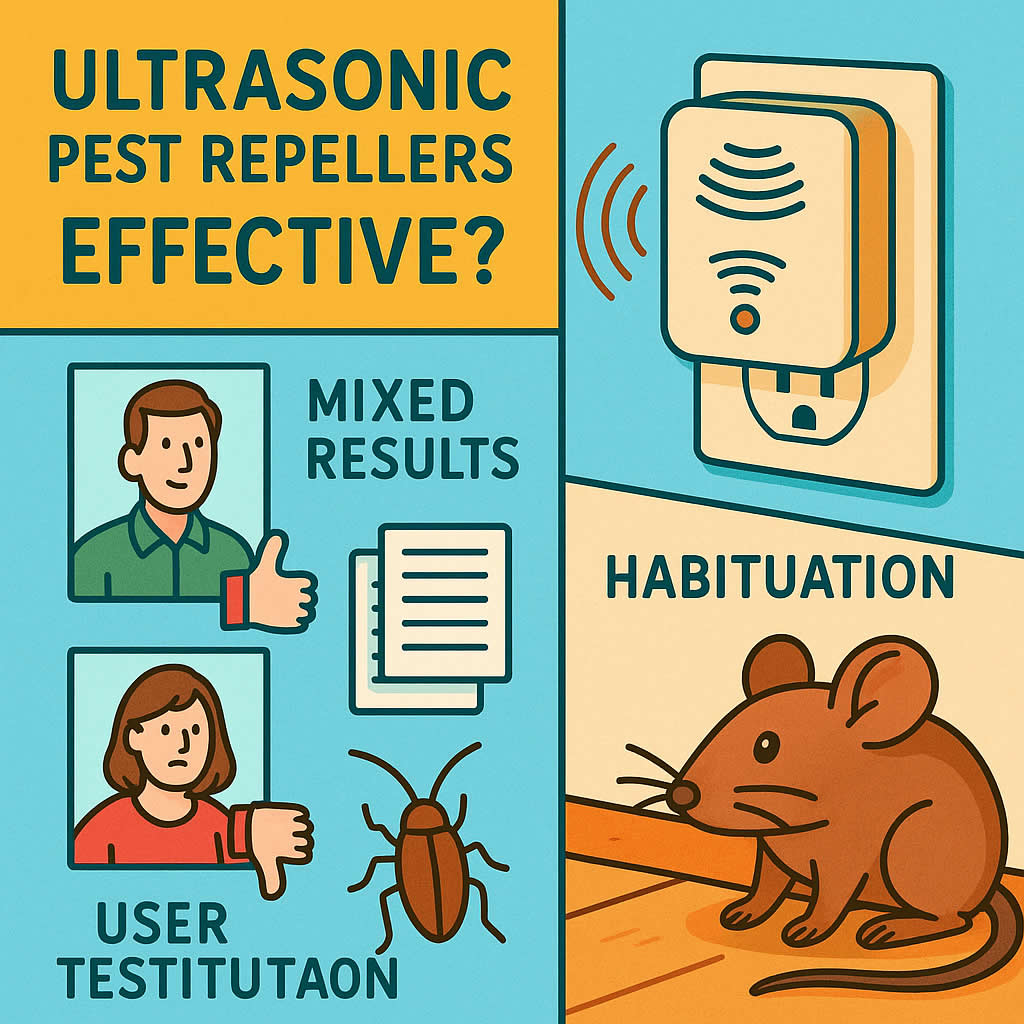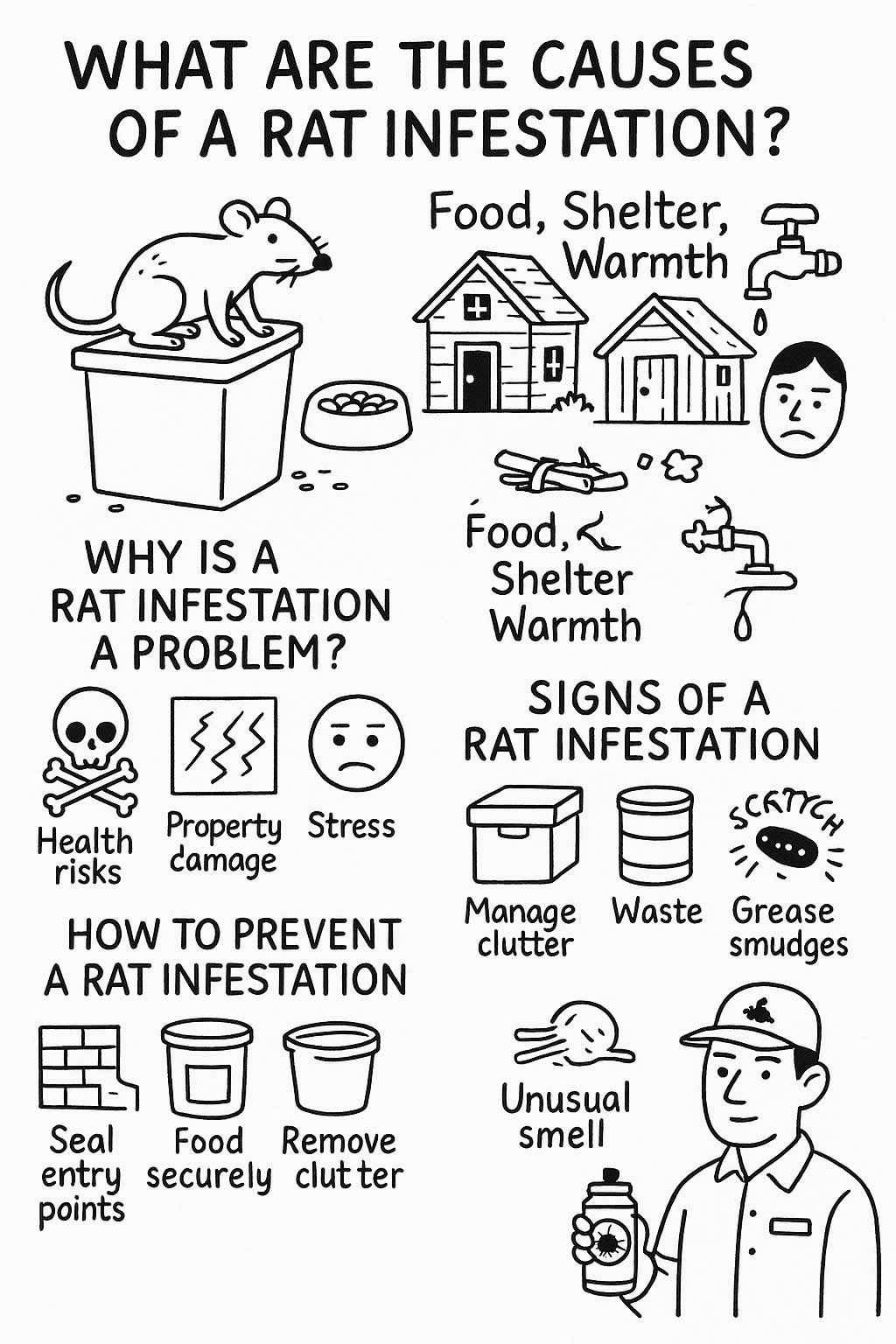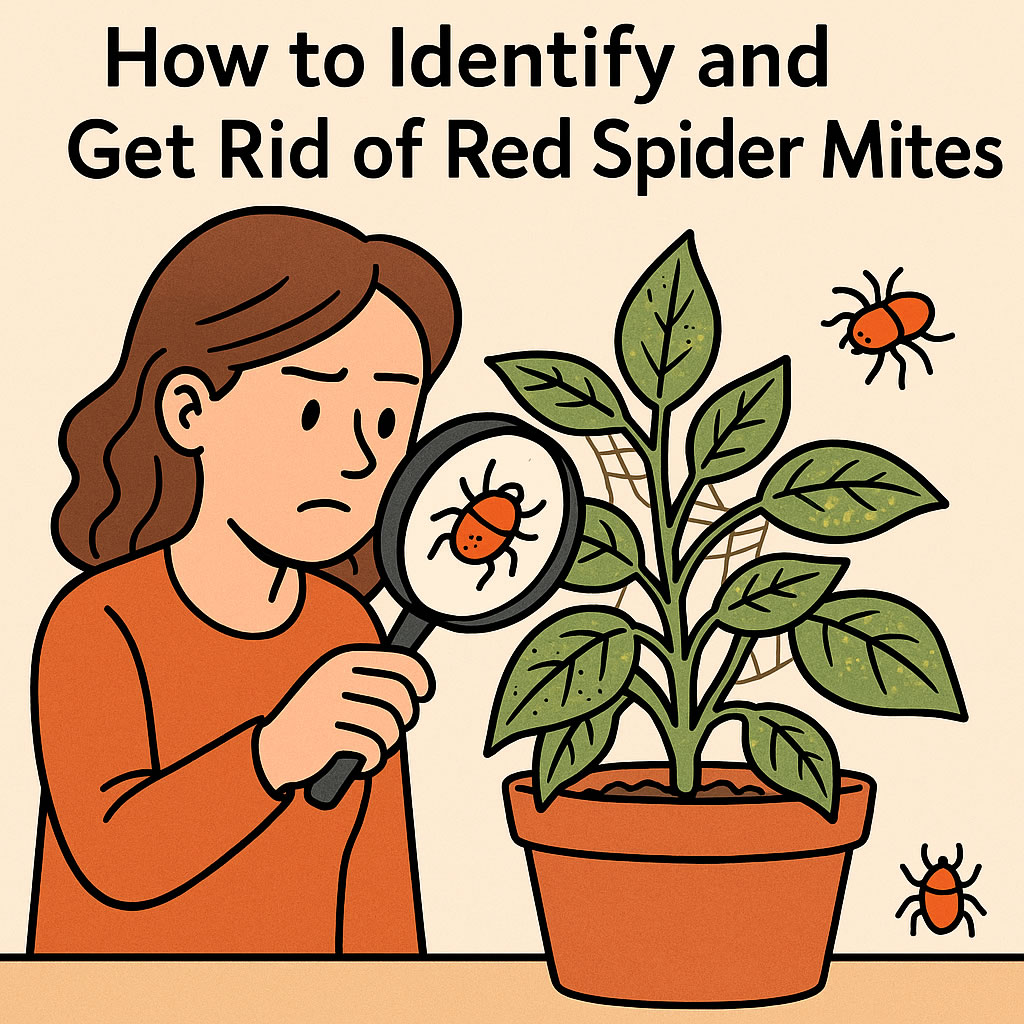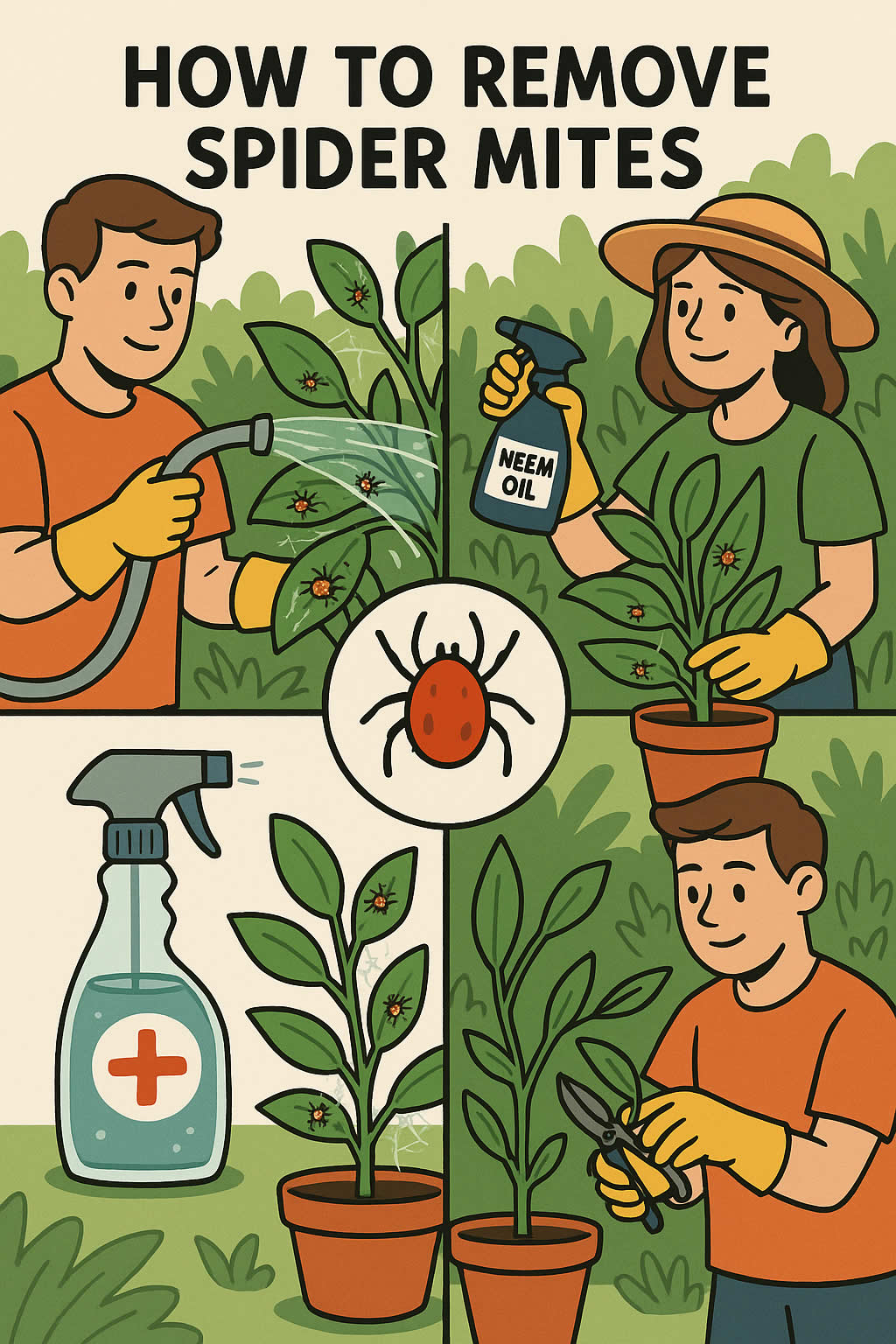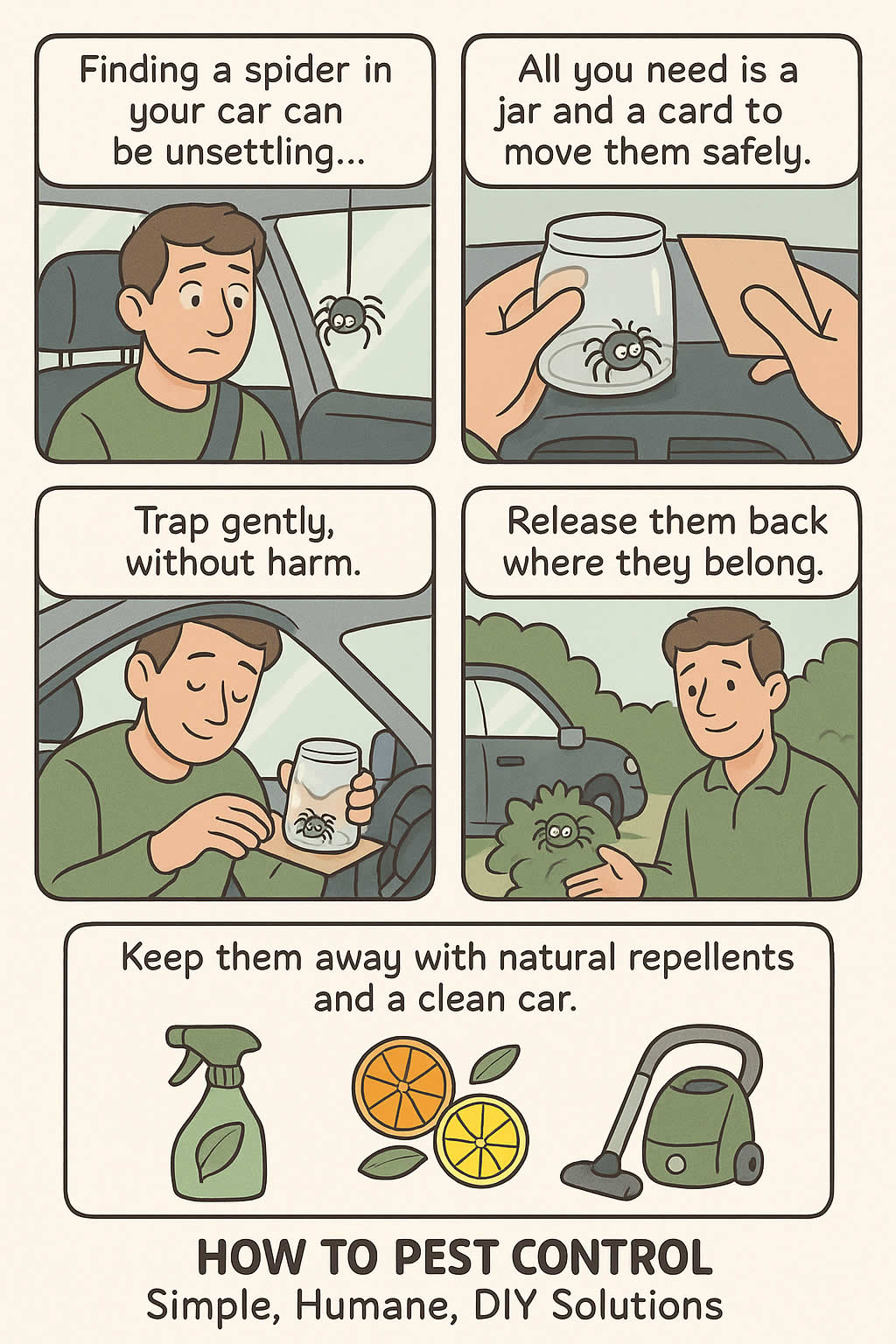Related Queries
ToggleDiscovering bed bugs in your mattress is one of those moments that makes your stomach drop. You might first notice itchy bites, tiny dark spots on your sheets, or even a faint, sweet smell. Once you confirm it’s bed bugs, you’re faced with an urgent choice – how to get rid of them quickly before they spread further into your home.
One of the most effective chemical-free methods you can use is steam cleaning. Done properly, it can kill bed bugs in all stages of life, including the eggs, without leaving behind toxic residues. Steam reaches places that sprays can’t and, when used with care, can restore your mattress to a safe, comfortable place to sleep. But the key here is “done properly” – steam cleaning requires the right equipment, the right technique, and follow-up action to ensure the problem doesn’t come back.
Why steam cleaning works for bed bug infestations
Steam kills bed bugs by exposing them to extreme heat. At around 50°C and above, bed bugs can’t survive. Steam cleaners designed for pest control typically produce steam at over 100°C, which means it’s hot enough not just to kill adults but to destroy eggs too.
What makes steam so powerful is penetration. Bed bugs love to hide deep in seams, tufts, and tiny creases where sprays often can’t reach. The vapour from a good steam cleaner can sink into those layers, making it far more effective at flushing them out and killing them in place. And because it’s just heat and water, you don’t have to worry about chemical exposure, making it a safer choice in homes with children, pets, or people with respiratory sensitivities.
How steam kills bed bugs and their eggs
Bed bugs are sensitive to heat at every stage of life. The adults die after a few minutes at 50°C or instantly at higher temperatures, and the eggs are similarly vulnerable when heat penetrates the shell.
However, steam treatment relies on direct contact. If the heat doesn’t reach the bug or the egg, it won’t be killed. That’s why the nozzle technique, speed, and equipment all matter so much. The steam has to saturate the area long enough to transfer lethal heat without damaging the mattress or soaking it with too much moisture.
Choosing the right steam cleaner for mattress treatment
Not every steam cleaner will get the job done. For bed bug control, you need one that can maintain a consistent high temperature – ideally producing steam at or above 100°C. Look for a machine with:
- Continuous steam output so you don’t have to stop and wait for it to reheat during treatment.
- Narrow nozzles to direct the heat precisely into seams and tight areas.
- High heat pressure to push the steam deeper into the fabric and padding.
Handheld garment steamers usually aren’t powerful enough for this task. You’ll get better results with a commercial-grade or pest-control-rated steam cleaner.
Step-by-step: how to steam clean a bed bug-infested mattress
Start with preparation. Strip all bedding and wash it on the hottest safe setting, followed by a high-heat dry cycle. Remove clutter from around the bed so you can access all sides easily.
Vacuum the mattress thoroughly, focusing on seams, tufts, and any cracks in the bed frame. Use a crevice tool to pull debris – including human hair – from those hard-to-reach places. This makes the steam more effective by removing anything that could block heat penetration.
Set up your steam cleaner and allow it to reach full operating temperature. Attach the nozzle that gives you the most control – often a triangular or upholstery tool works best for mattresses.
Move slowly. Pass the nozzle over each section of the mattress at a pace of about 2–3 cm per second. Keep the nozzle just above the surface so the heat penetrates without drenching the fabric. Pay special attention to seams, tufts, and under the mattress labels – these are high-risk hiding spots.
Once you’ve done the top, flip the mattress and repeat the process on the other side. Don’t forget the edges, corners, and even the bed base.
After steaming, allow the mattress to dry fully before making the bed. You can speed this up by using fans or opening windows for ventilation.
Safety warnings when steam cleaning mattresses
Steam can cause burns within seconds, so handle the nozzle carefully and keep your hands, face, and bare skin away from the output.
Over-wetting the mattress can lead to mould growth, so don’t linger too long in one spot or use a nozzle that disperses too much water.
Work in a well-ventilated room. Steam cleaning releases humidity into the air, and good airflow helps dry the mattress and prevent dampness.
Always unplug the steam cleaner before refilling the water tank.
Checking for bed bugs before and after steaming
Before you steam, do a thorough inspection. Use a torch to check along the seams, under the piping, in tufts, and beneath mattress labels. You’re looking for live bugs, eggs (tiny white specks), faecal spots (dark dots), and shed skins.
After steaming, let the mattress dry, then re-check the same areas. Some dead bugs or eggs may still be visible – these can be vacuumed away. Keep monitoring the mattress over the next few weeks, especially if you had a heavy infestation.
Combining steam cleaning with other treatments
Steam cleaning is powerful, but it works best as part of a wider control plan. After steaming, consider encasing your mattress and pillows in bed bug-proof covers. This prevents any surviving bugs from escaping or feeding and traps any remaining eggs until they die.
Vacuuming the surrounding area – including carpets, skirting boards, and bed frames – should be part of your routine. If needed, a targeted residual insecticide around the bed frame and floor edges can give extra protection, but always follow safety instructions.
Schedule follow-up inspections and, if necessary, repeat the steam cleaning after 10–14 days to catch any bugs that hatched from missed eggs.
Common mistakes when steam cleaning mattresses
Moving too quickly with the nozzle is one of the biggest mistakes – the steam needs time to work.
Using the wrong equipment, such as a low-heat household steamer, is another. It might make the mattress damp but won’t kill the bugs.
Neglecting follow-up treatments is risky. Even a few surviving eggs can restart the infestation.
A quick note on student accommodation
Bed bug problems in student accommodation can be particularly tricky because of shared living spaces and high turnover of residents. If you’re in student accommodation, report any bed bug sightings to your landlord or housing office immediately. Steam cleaning can be effective in this setting, but it often needs to be combined with professional treatment in neighbouring rooms to stop the spread.
Prevention tips to avoid reinfestation
Use high-quality mattress and pillow encasements to block bugs from getting in or out.
Inspect your bed regularly – especially after trips or having guests stay over.
Be careful with second-hand furniture and mattresses. Always inspect and, if possible, steam clean them before bringing them inside.
After travelling, unpack luggage away from your bed and wash clothes on high heat straight away.
Keep the area under your bed clear so you can spot problems early.
Conclusion: act quickly and follow through
Steam cleaning a bed bug-infested mattress can be one of the most effective, safe ways to reclaim your bed – but only if it’s done correctly. The combination of high heat, slow and steady application, and thorough follow-up is what delivers results.
Don’t just treat the mattress and walk away. Inspect, repeat, and use preventative measures to stop them coming back. Whether you’re dealing with a light infestation or helping tackle a bigger problem in shared housing, consistent action and careful technique can restore your bed to the safe, restful place it should be.
With the right tools, a methodical approach, and a bit of persistence, you can win the fight against bed bugs without relying heavily on chemicals – and sleep soundly knowing they’re gone.
Pest Control New Mill End – Pest Control Clapham – Pest Control Tempsford
